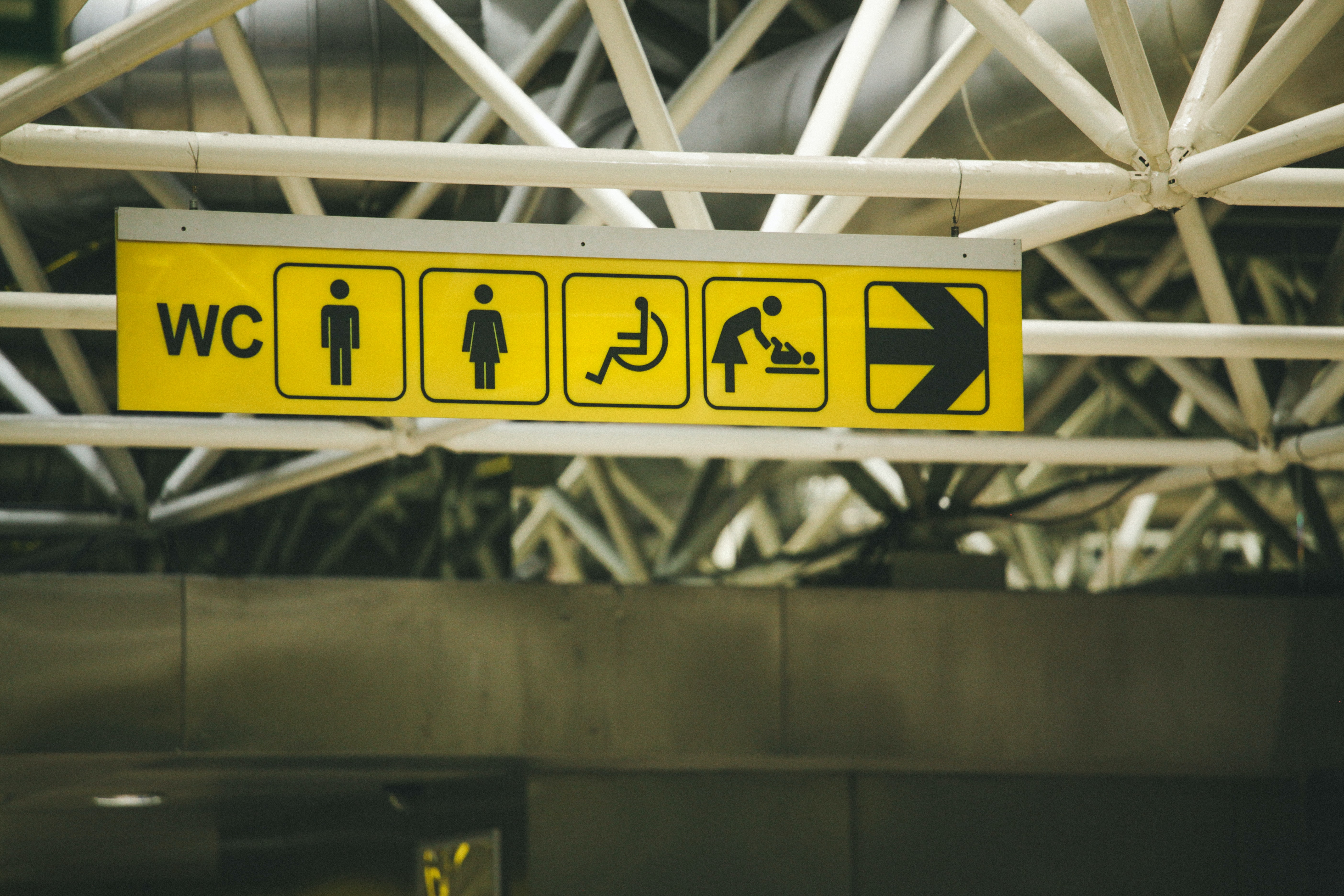Illinois Equitable Restrooms Act: Baby Changing Table Requirements

Posted by Leah Riley

Earlier this year, the State of Illinois amended Section 5, the Equitable Restrooms Act, which provides for a more realistic distribution of male and female fixtures as well as designation of single occupancy toilet rooms as “All Gender or Gender Neutral”. Further, Section 18 covers requirements for baby changing stations. This may be applicable in your state or local municipality.
The installation of baby changing stations triggers compliance with the Americans with Disabilities Act (ADA) and applicable accessibility standards. It is essential to comply with federal, state, and local toilet and bathing room requirements. Non-compliance with the ADA may prevent access or use of a bathing facility by a person with a disability or cause injuries, and this could lead to compliance actions and lawsuits. An often overlooked area that exhibits frequent noncompliance are bathing and toilet rooms.
Follow along as we review the additions to the code.
Where are Baby Stations required?
Every public building with restrooms open and accessible to the public are required to have:
- At minimum one safe, sanitary, convenient, and publicly accessible baby diaper changing station that is accessible to women entering a restroom provided for use by women
- At minimum one safe, sanitary, convenient, and publicly accessible baby diaper changing station that is accessible to men entering a restroom provided for use by men
- Alternatively, at minimum, one safe, sanitary, convenient, and publicly accessible baby diaper changing station that is accessible to both men and women.
Public spaces include:
- A place of public accommodation
- A state building open to the public
- A retail store over 5,000 square feet that contains a public restroom.
- A restaurant that has an occupancy of a minimum of 60 people, currently contains a restroom open to the public, and restaurants entrance is not within 300 feet of a centrally located facility with a baby diaper changing station that is open to the public.
Exemptions to Public Spaces include:
- An industrial building, nightclub, or bar that does not permit anyone who is under 18 years of age to enter the premises.
- A restroom located in a health facility, if the restroom is intended for the use of one patient or resident at a time.
- A renovation, if a local building permitting entity or building inspector determines that the installation of a baby diaper changing station is not feasible or would result in a failure to comply with applicable building standards governing the right of access for persons with disabilities. The permitting entity or building inspector may grant an exemption from the requirements of this subsection under those circumstances.
To be in line with the applicable accessibility laws and standards when providing the baby changing stations, refer to your municipal code first. While there currently is no language within the ADA that references baby changing stations, some jurisdictions have incorporated this into the Accessibility Code. If you have no language locally, this does not exempt the element from being accessible and would be viewed similarly to a work surface per 902 meeting the following:
- Protruding Objects: 204.1 Scoping and 307. This limits an object to protrude out more than 4 inches located higher than 27 inches and lower than 80 inches. The baby changing station specified should either be no more than 4 inches in depth or have a bottom leading edge of 27 inches.
- Operable Parts: 205.1 and 309
- Clear floor space 309.2 and 306.3: A 30 inch by 48 inch clear floor space should be available for a forward approach. This shall provide for the required knee and toe clearance for a forward approach of 30 inches wide by 27 inches to underside and at least 17 inches deep must be available.
- Height 309.3: The top operable part (handle) shall be set no higher than 48 inches above the finished floor (AFF).
- Operation 309.4: Any controls shall be operable with one hand without tight grasping, pinching or twisting of the wrist. Any activation of the part shall not require more than 5 pounds to activate.
- Work Surface Height 902.3: Set at 28 inches minimum and 34 inches maximum AFF.
In California, the baby changing table is not permitted within the accessible compartment per 11B.226.4. While the location is not addressed in the ADA, best practice would be to locate this outside of the compartment. This would allow the station to be available for all users without tying up the fixture. However, care must be taken so that this is not in a location where the clear floor space could be obstructed by the swing of a door or other element.
Without knowing what to look for, you may not know whether your building is compliant or not and assuring compliance with both the Illinois Equitable Restrooms Act and the ADA requirements for facilities can be very complicated. It is necessary to use the help of an expert to determine the best approach for meeting the ADA’s requirements. We at Burnham frequently conduct ADA compliance reviews! Feel free to Contact Us if you have any questions.





